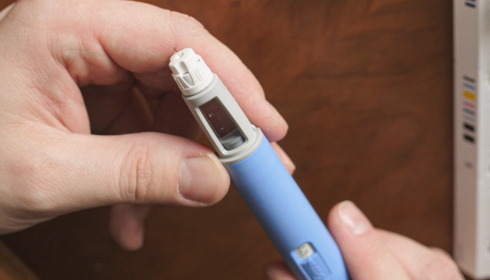Understanding Weight Loss Drugs for Children: A Guide for Parents and Caregivers

In recent years, the conversation around childhood obesity has intensified, with more parents seeking effective solutions for their children’s health. One emerging option is the use of weight loss drugs for children. While this concept may sound extreme to some, it is becoming an increasingly discussed and medically guided choice for certain pediatric patients. This article explores what these medications are, who they are for, their benefits, risks, and what parents should know before considering this route.
The Rise of Childhood Obesity
Childhood obesity has become a major public health issue globally. According to the World Health Organization (WHO), the number of overweight children aged 5-19 has risen dramatically in the last few decades. Poor eating habits, lack of physical activity, excessive screen time, and genetic factors contribute to this alarming trend. When traditional methods like diet and exercise fail, healthcare professionals might consider medical intervention.
What Are Weight Loss Drugs?
Weight loss drugs, also known as anti-obesity medications, are designed to help individuals lose weight by either suppressing appetite, reducing fat absorption, or increasing the feeling of fullness. For children, these drugs are only considered when obesity is severe and poses immediate health risks such as type 2 diabetes, hypertension, or sleep apnea.
Some of the drugs currently being studied or approved for use in adolescents include:
- Orlistat (Xenical) – Approved for adolescents over 12; works by blocking fat absorption in the intestines.
- Liraglutide (Saxenda) – Approved for children 12 and older; mimics a hormone that regulates appetite.
- Phentermine-topiramate (Qsymia) – Not FDA-approved for children but under clinical review for adolescent use.
Who Are These Medications For?
Weight loss drugs for children are not prescribed lightly. They are typically reserved for those with a body mass index (BMI) in the 95th percentile or higher and who have associated comorbidities. The medications are often part of a comprehensive treatment plan involving nutritional counseling, behavioral therapy, and physical activity.
Before prescribing medication, doctors will assess:
- The child’s medical history
- Family health risks
- Previous weight management attempts
- Mental health and readiness to follow a treatment plan
Benefits of Weight Loss Drugs
The primary benefit is improved health. Children who lose weight under medical supervision often see reductions in blood pressure, cholesterol levels, and blood sugar. This can prevent the development of chronic diseases later in life. Moreover, shedding excess weight can also improve self-esteem and emotional well-being.
Another potential benefit is that these medications can motivate children and families to adopt healthier habits. Seeing results may inspire better adherence to dietary changes and physical activity routines.
Risks and Side Effects
As with any medication, weight loss drugs come with risks and side effects. These can include nausea, gastrointestinal discomfort, dizziness, increased heart rate, and mood changes. Long-term effects on growth, hormonal balance, and brain development are still being studied.
That’s why close medical supervision is essential. Pediatricians often work alongside endocrinologists, nutritionists, and psychologists to monitor the child’s progress and adjust treatment as needed.
Importance of a Holistic Approach
Medication should never be a standalone solution. Experts emphasize the importance of lifestyle changes and family involvement. Educating children about healthy eating, engaging them in regular physical activity, and ensuring emotional support are all critical aspects of long-term success.
Moreover, families should avoid making weight the only focus. A positive, supportive environment that prioritizes overall health—not just weight loss—can make a huge difference.
Conclusion
Weight loss drugs for children are a complex but potentially effective tool in the fight against childhood obesity. When used responsibly and under the guidance of qualified healthcare providers, they can offer significant benefits for children struggling with weight-related health issues. However, they are not a quick fix. A holistic, family-centered approach remains essential to achieving sustainable results.




